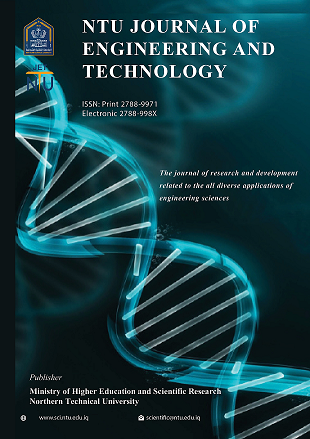Parkinson’s Disease Detection Based on Transfer Learning
DOI:
https://doi.org/10.56286/ntujet.v3i3.1173Keywords:
Parkinson, KNN , CNN, Transfer learning, NewHandPDAbstract
The process of diagnosing diseases early is one of the most important goals of the tremendous development in artificial intelligence, and Parkinson’s disease is one of the diseases whose symptoms are similar to many other diseases. It is a neurological disease whose symptoms develop slowly, so the process of its diagnosis is very important in order to preserve the patient's life. One of the most important symptoms is muscle stiffness as well as slow movement. In this research, a method was developed to detect Parkinson's disease using machine learning, learning transfer techniques were relied upon to extract features from handwriting images that we obtained from the NewHandPD database, and then these images were classified into two categories (Parkinson's disease and non-Parkinson's disease) by KNN classification algorithm, for being accurate and fast in calculations, the results of the training of the INCEPTION-V4 model showed a detection accuracy of up to 93%, as well as an area under the curve of 0.89 with a loss of only 0.2 , where this model can be relied on to diagnose and detect Parkinson's disease with high accuracy.
Additional Files
Published
Issue
Section
License
Copyright (c) 2024 Mohammad Talal Ghazal

This work is licensed under a Creative Commons Attribution 4.0 International License.











